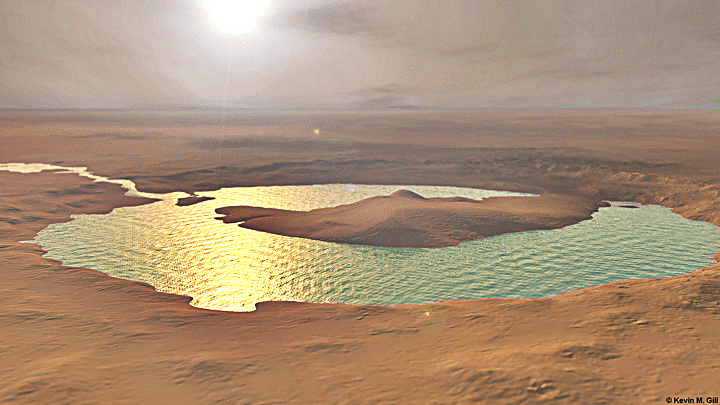The
Internet-dwelling flat-Earth community is poised and ready for the great solar
eclipse, hoping it will poke holes in all that heliocentric stuff by proving
the Earth is flat once and for all.
It’s worth
noting that scientists can only predict solar eclipses thanks to the
heliocentric model, the idea that the Earth and other planets revolve around
the Sun, and the orbital mechanics of our Solar System. So, what could there be
to argue with?
Some people
on Twitter suggest NASA is encouraging people to wear special solar glasses to
hide the truth. In reality, it’s because looking at the Sun will cause
permanent damage to your sight by literally burning a dot into your retinas.
“#NASA
really dont want u lookin up at the #Eclipse without there Special #Glasses
incase u see its not the #Moon infront of it , #FlatEarth,” wrote one tweeter.
When asked
what is blocking the Sun if it isn’t the Moon, they replied: “We will find out
tomorrow when million see and film it.”
Unfortunately
for this flat-Earth enthusiast, it’s a cloudy day where they live in Ireland.
Although you might say that bad weather is not unusual in Ireland, they posted
a video of the murky sky along with the caption: “Over here in Ireland they
really covered our Skies.” “They,” presumably, is NASA.
A major
"hole in the story" for the flat-Earthers is the Moon's shadow. As
YouTuber Jeremiah Daniel explains in his video, the shadow of an object cast
from a spotlight shining onto a wall must always be at least the same size as
the original object. Yet, they argue, the shadow of the Moon on Earth during a
solar eclipse is not Moon-sized at all.
The Sun and
a flashlight in your kitchen aren’t totally comparable. As Will Kinney,
professor of physics at the University at Buffalo SUNY, told Mic: The Sun isn’t
a simple “point source” like a flashlight. It’s a huge source of light, beaming
out light in every direction from a considerable distance away relative to the
Earth and the Moon. A better analogy would be the shadow of a marble in the
light of a bonfire.
They also
seem to question why the path of totality should travel from east to west if
the Earth is spinning from west to east. Well, as professor Kinney and NASA
explain, the moon is actually moving to the east in its orbit at about 3,400
kilometers (2,112 miles) per hour, while the Earth rotates a lot slower at
1,670 kilometers (1,037 miles) per hour.
Of course,
none of this actually explains what’s blocking out the Sun, although one video
tries to explain it with an odd rehash of Hindu mythology.
Anyway,
that's far enough down the rabbit hole for today. Now, go outside and enjoy the
total solar eclipse!


Post A Comment:
0 comments: